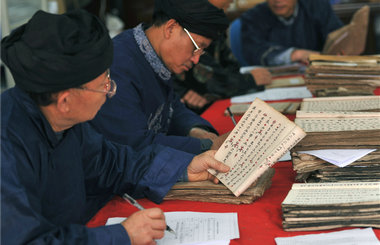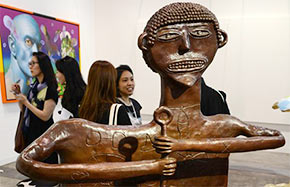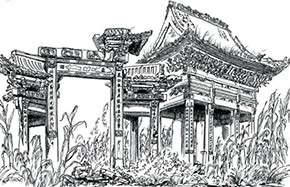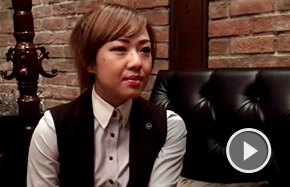Examing his legacy
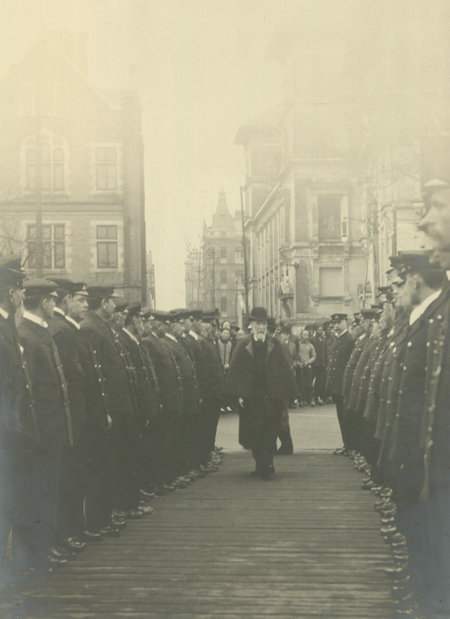 |
|
Customs staff see off Robert Hart as he leaves China from a port in Shanghai in 1908. [Photo/SPECIAL COLLECTIONS & ARCHIVES, QUEEN'S UNIVERSITY BELFAST] |
"Hart is a very important example at this time, when the Chinese government is fighting corruption so hard."
Under Hart, the customs bureau grew in size-the number of its foreign staff grew from 93 in 1873 to more than 500 in 1885.
Hart writes: "I must try to induce among such Chinese as I can influence a friendlier feeling towards foreigners; right conduct; and in that way keep things straight and ensure peace..."
In a 1988 article titled Robert Hart: A Man of Two Worlds published by the Society for Anglo-Chinese Understanding, the writer Martin Lynn points out the mixed identification of Hart: "... he stood at the interface between China and the West, representing foreign influence in China, yet being used repeatedly by the Chinese government as its representative in dealing with foreign powers."
In the book, O'Neill says the amount of customs revenue collected rose from 8 million silver taels in 1865 to 14.5 million two decades later, or nearly 20 percent of the national revenue, and to more than 30 million three years before Hart left China.





